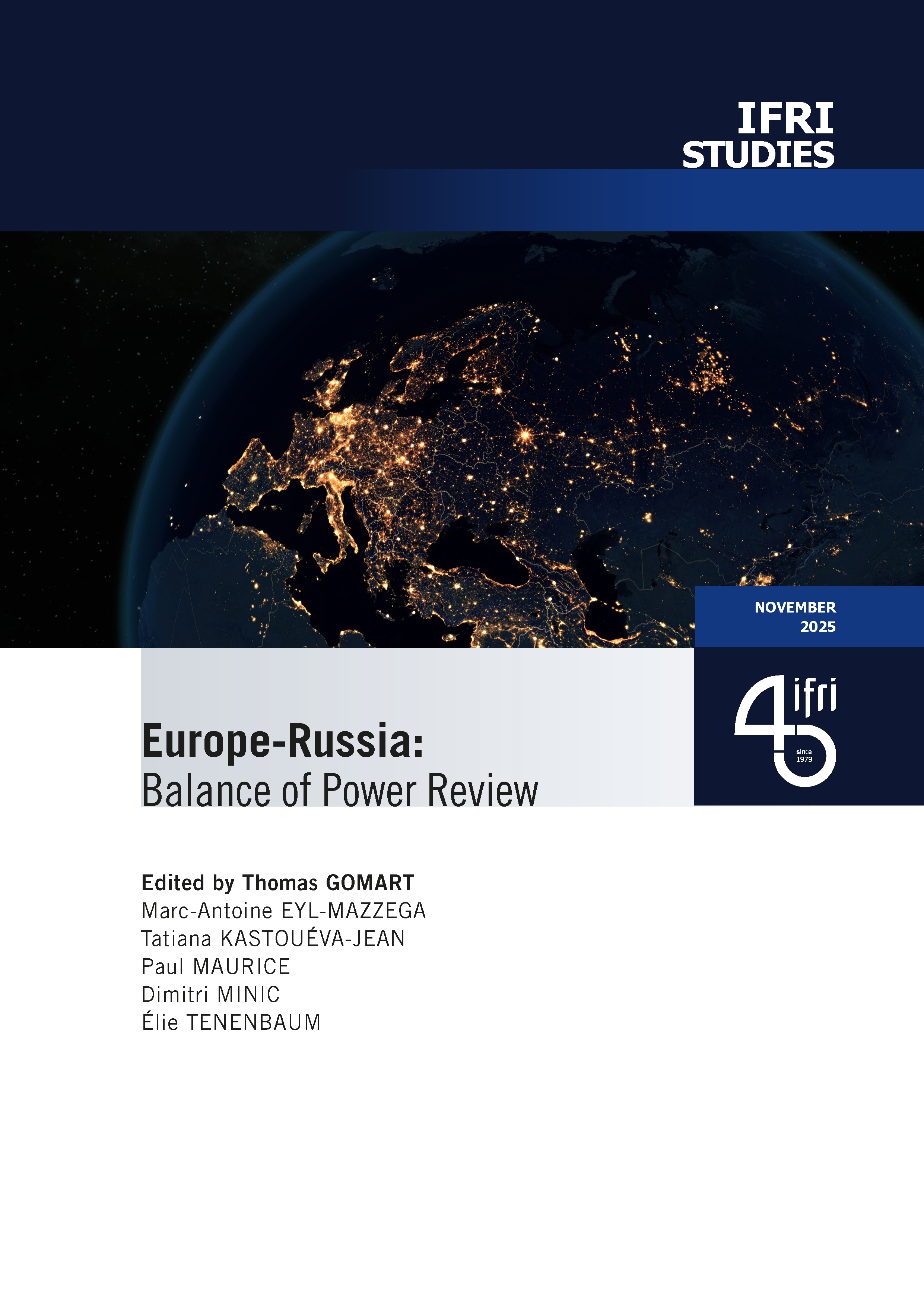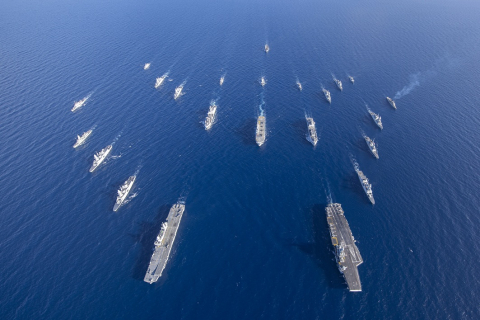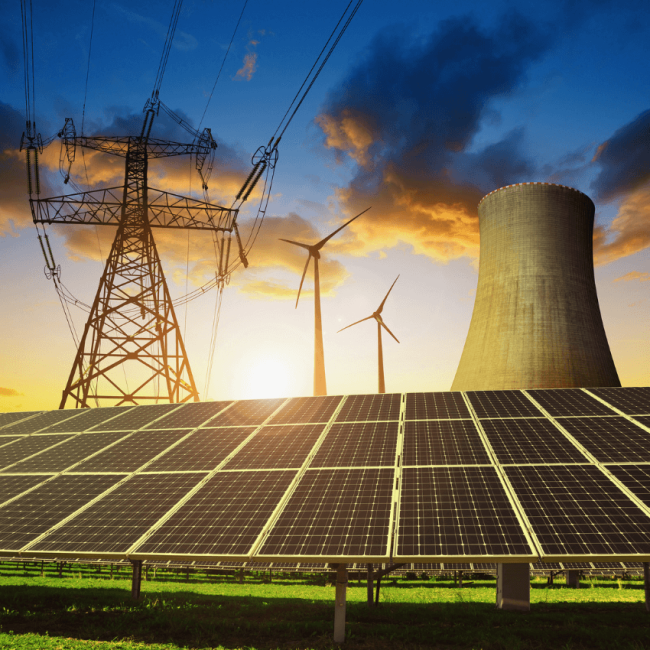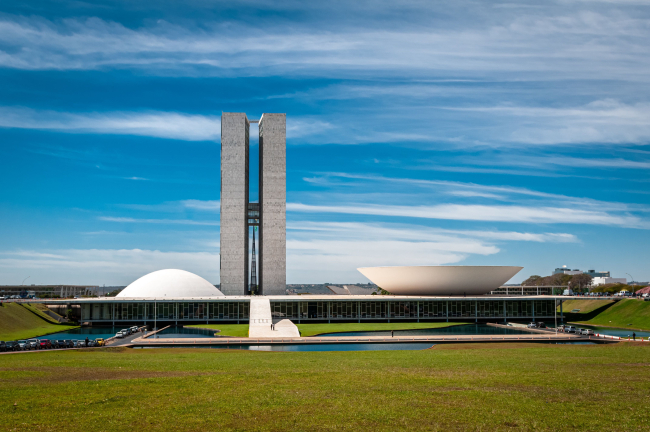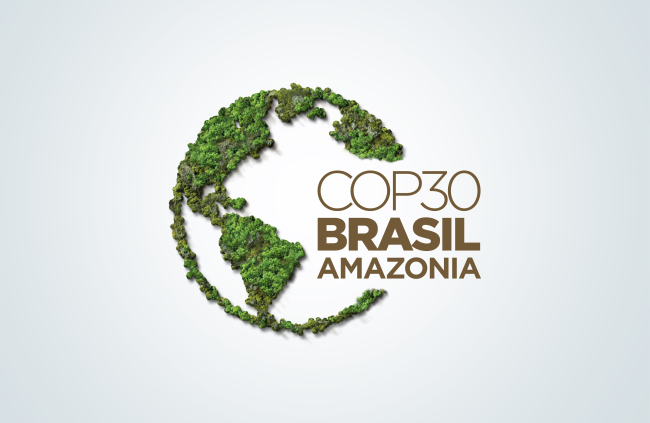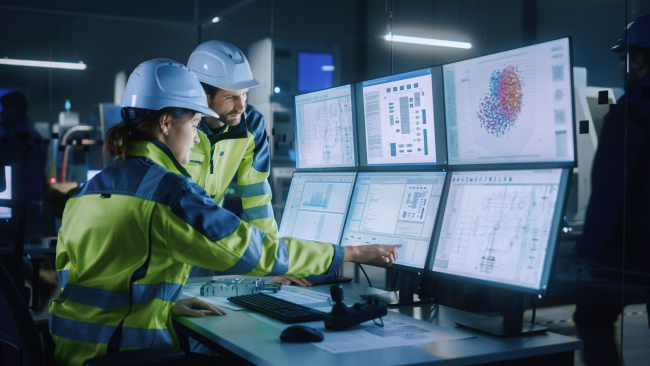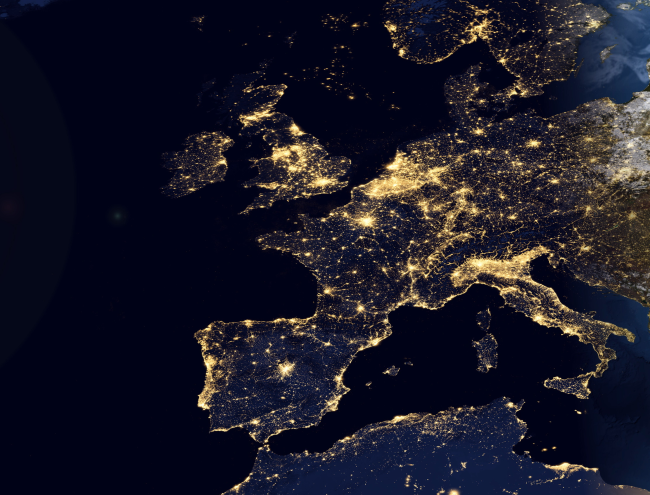After the Hydrogen Bubble Bursts: The Factors Shaping and Possibly Unfolding International Hydrogen Value Chains
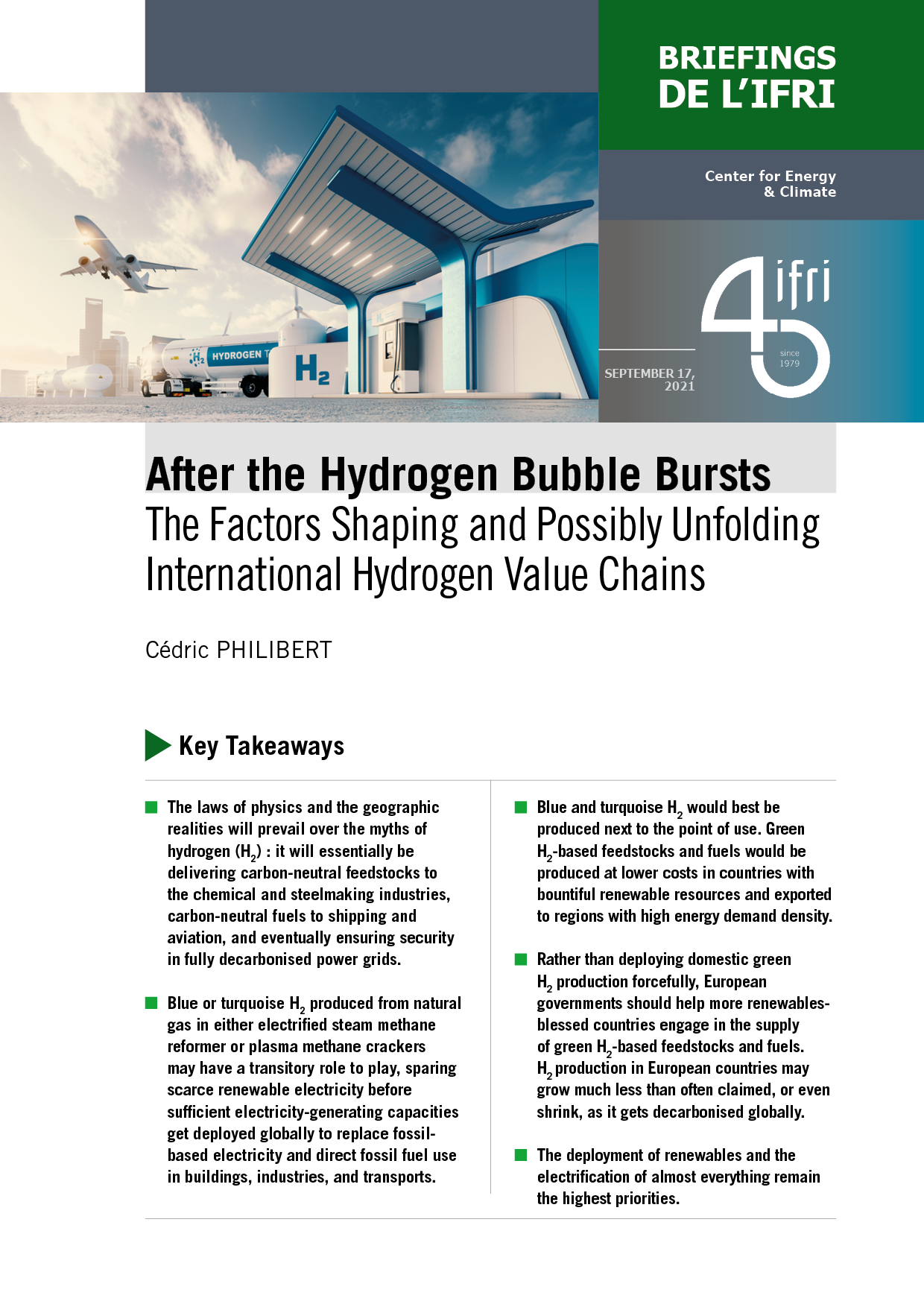
The laws of physics and the geographic realities will prevail over the myths of hydrogen (H2): it will essentially be delivering carbon-neutral feedstocks to the chemical and steelmaking industries, carbon-neutral fuels to shipping and aviation, and eventually ensuring security in fully decarbonized power grids.
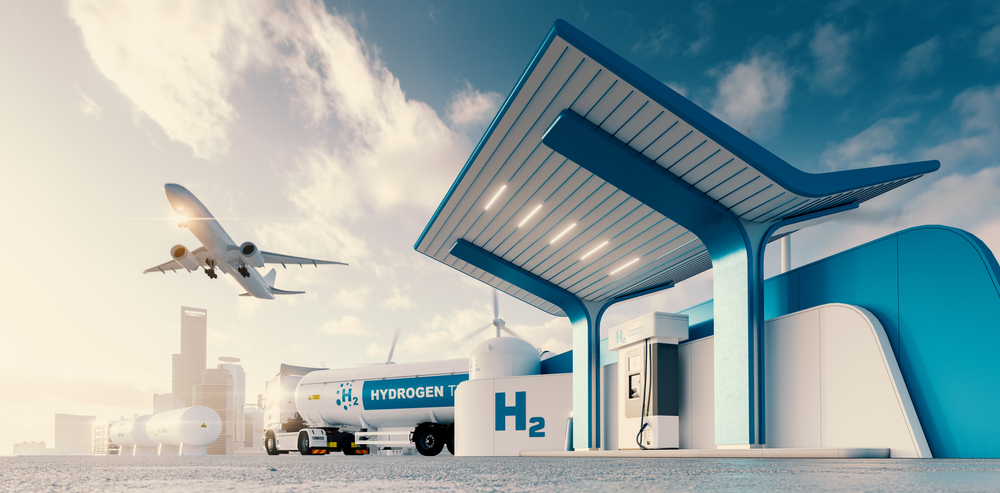
• Blue or turquoise H2 produced from natural gas in either electrified steam methane reformer or plasma methane crackers may have a transitory role to play, sparing scarce renewable electricity before sufficient electricity-generating capacities get deployed globally to replace fossil-based electricity and direct fossil fuel use in buildings, industries, and transports.
• Blue and turquoise H2 would best be produced next to the point of use. Green H2-based feedstocks and fuels would be produced at lower costs in countries with bountiful renewable resources and exported to regions with high energy demand density.
• Rather than deploying domestic green H2 production forcefully, European governments should help more renewables-blessed countries engage in the supply of green H2-based feedstocks and fuels. H2 production in European countries may grow much less than often claimed, or even shrink, as it gets decarbonized globally.
• The deployment of renewables and the electrification of almost everything remain the highest priorities.

Available in:
Regions and themes
ISBN / ISSN
Share
Download the full analysis
This page contains only a summary of our work. If you would like to have access to all the information from our research on the subject, you can download the full version in PDF format.
After the Hydrogen Bubble Bursts: The Factors Shaping and Possibly Unfolding International Hydrogen Value Chains
Related centers and programs
Discover our other research centers and programsFind out more
Discover all our analysesBrazil One Year Away from the October 2026 General Elections
Brazil’s general elections will be held on October 4, 2026, to elect the president, vice-president, members of the National Congress, governors, deputy governors and state legislative assemblies. For the presidential and gubernatorial elections, a second round will be held on October 25 if no candidate obtains a majority of the votes in the first round.
COP30: An Inflection Point for Climate Action and Governance
The 30th Conference of the Parties (COP30), opening in Belém, Brazil, on November 10th 2025, convenes at a perilous moment.
The Strategic Dimension of Skills in the Clean Industrial Deal
In the competitiveness and energy transition battles, the European Union (EU) must master a determinant factor: skills.
The Energy Transition Faces Geopolitical Challenges. How Can Ideological Divides Be Overcome?
President Trump’s positions and policies, combined with record coal consumption and booming global electricity demand, geo-economic confrontation, and widespread concerns about energy security, are changing the game when it comes to understanding realistic decarbonization trajectories. The war in Europe is intensifying competition between defense and transition budgets. This is also the case elsewhere in the world.


